MATERIALS & SUSTAINABILITY
O'Neill is dedicated to helping build a more sustainable future.
Our commitment with O’Neill Blue is to work with industry leading, sustainable and recycled materials, that push the boundaries of what is possible for performance wetsuits.
HYPER SERIES WETSUIT CONSTRUCTION FEATURES
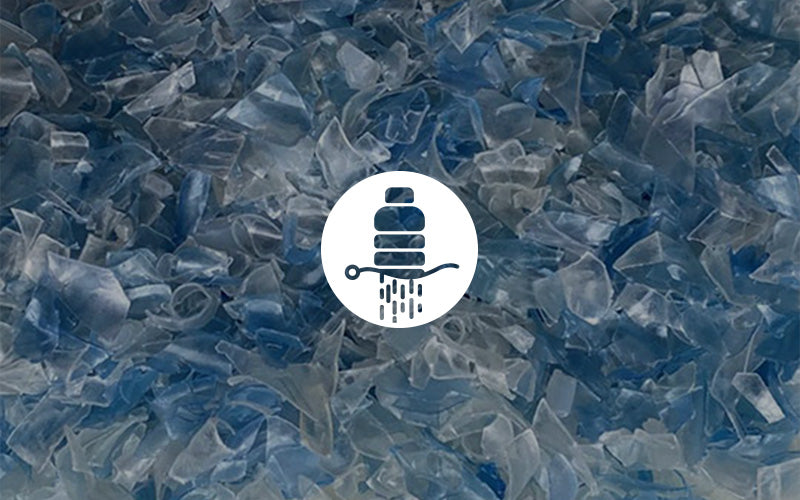
RECYCLED PLASTIC
Materials made from recycled plastics is a great way to repurpose existing waste. Post consumer plastic is having a terrible effect on our environment. Each of the wetsuits feature up to 0.5kg or 45 x recycled plastic bottles. These are then repurposed for use in the fabrics of the wetsuit.
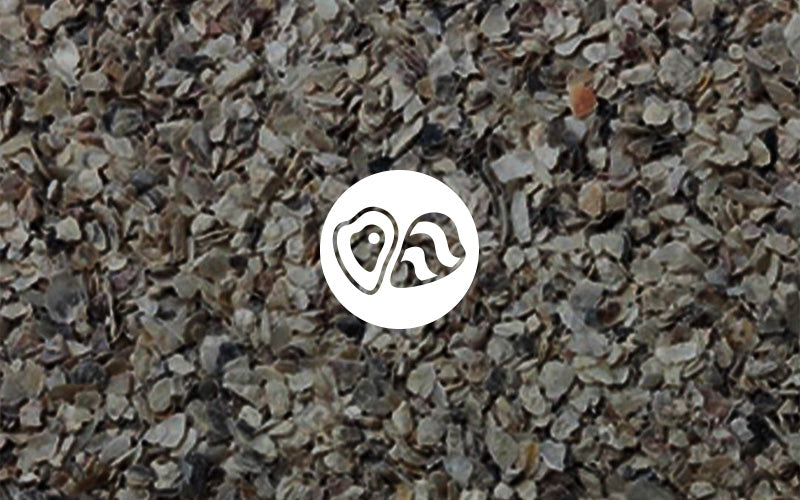
RECYCLED OYSTER SHELLS
Approximately 10% of each Hyper Series wetsuit is made using recycled oyster shells. Discarded oyster shells are a renewable resource and a great source of calcium carbonate. These oyster shells are ground down into a powder form which can then be used in the production of our wetsuit foam.
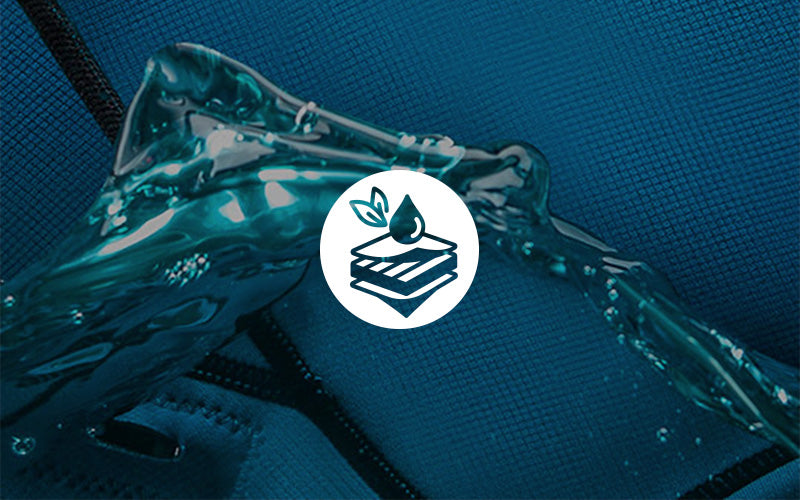
SOLVENT FREE LAMINATION
O'Neill worked with our key manufacturing partner to develop non-solvent based lamination glue called "Aqua-Alpha". Aqua-Alpha removes the use of volatile organic compounds (VOC's) that are potentially harmful to humans. These glues first commenced development in 2010, and a rigorous R&D phase ensured that they achieved a bonding strength of the jersey to the wetsuit foam that was as good or better than with traditional solvent glues.
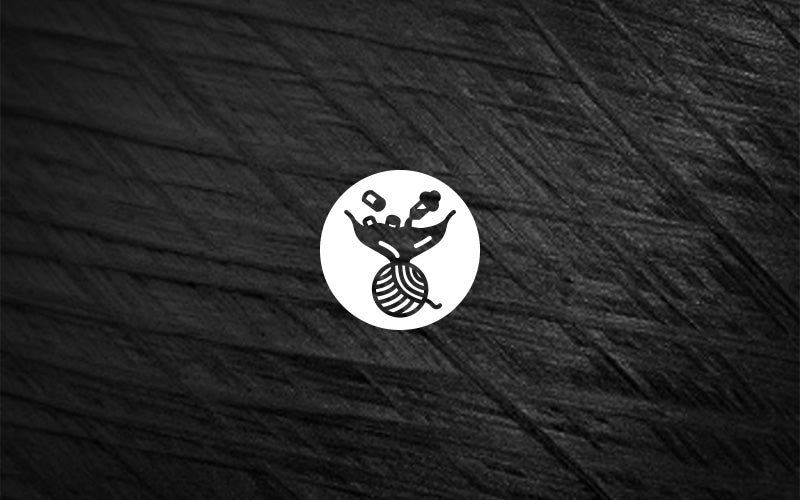
DOPE DYED YARN
Dope dyeing is a method of colouring the jersey material used on the external of the wetsuit. It infuses colour pigment to the fibre filaments before being spun into yarn, saving a lot of water while reducing energy consumption and water pollution. The material is coloured as part of the yarn preparation rather than in material form. This process reduces consumption of water and chemical use by 80%, dye consumption by 20%, and the entire process requires less electricity.
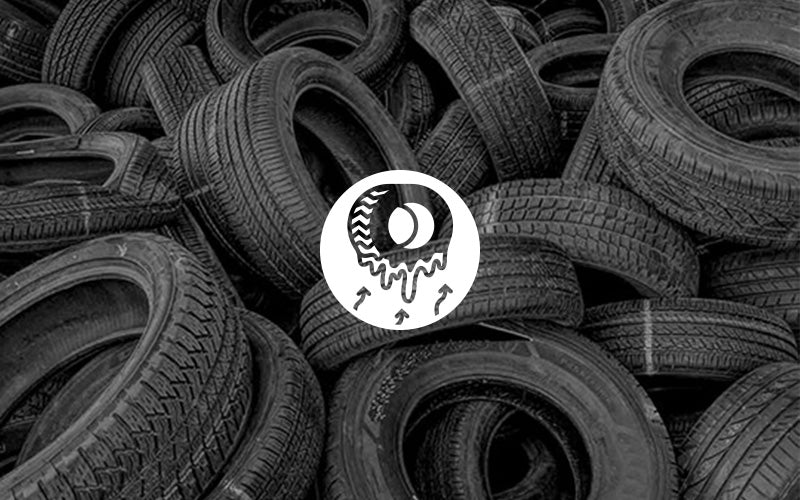
ECO CARBON BLACK
Carbon Black is one of the key ingredients in neoprene. It can now be carbonised from scrap rubber tyres. Carbon Black is one of the main ingredients in O'Neill wetsuits. It comes from recycling post-consumer tyres that would have traditionally gone to landfill. The tyres are shredded and put through a series of chemical reactions, which transforms them into carbon black form required for the production of wetsuits.
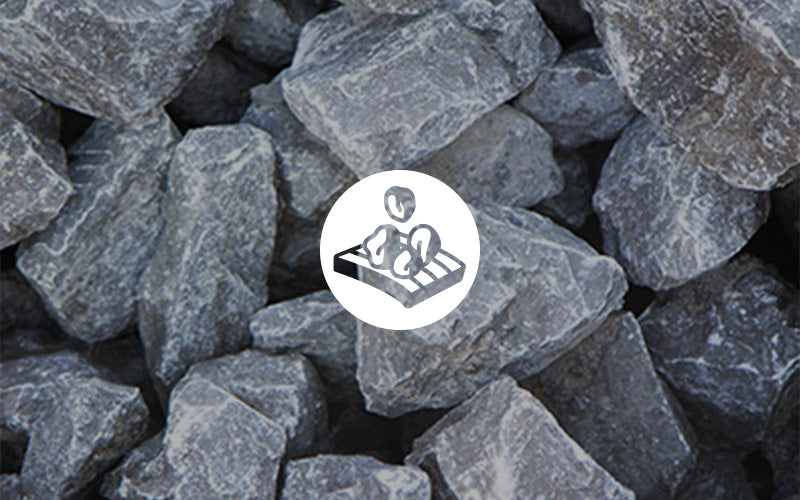
LIMESTONE NEOPRENE
We have used limestone since 1996 to replace petrochemicals in our neoprene. Limestone is a naturally occurring mineral, and is less harmful to the environment to extract than petrochemicals. The process of converting natural limestone to use in wetsuit foam production requires heat, which is powered by hydroelectric renewable energy, meaning substantially less carbon emissions than using fossil fuel.
WOMEN'S BAHIA & O'RIGINALS WETSUIT FEATURES
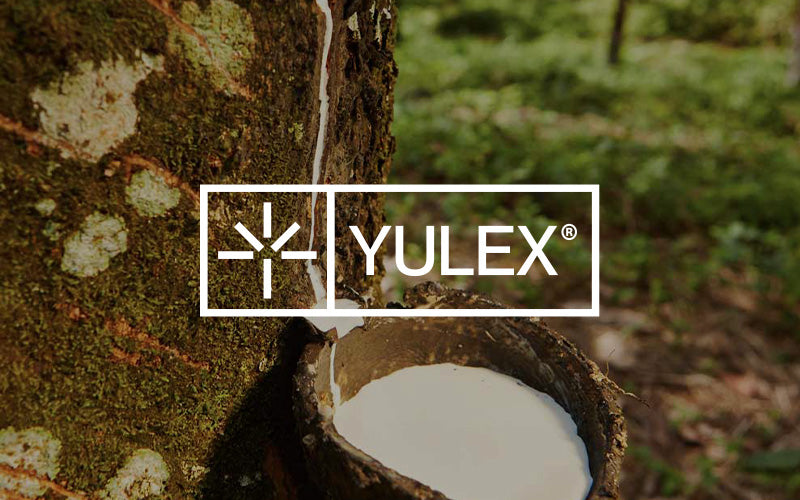
YULEX
From 2024, all Women's Bahia & Women's O'Riginal's steamers use Yulex, a plant-based rubber sourced from a responsible supply chain. Yulex foam requires less energy to produce than traditional neoprene, and uses renewable plant-based ingredients. In combination with recycled internal and external jerseys, the carbon footprint of each & every wetsuit featuring Yulex is greatly reduced.








